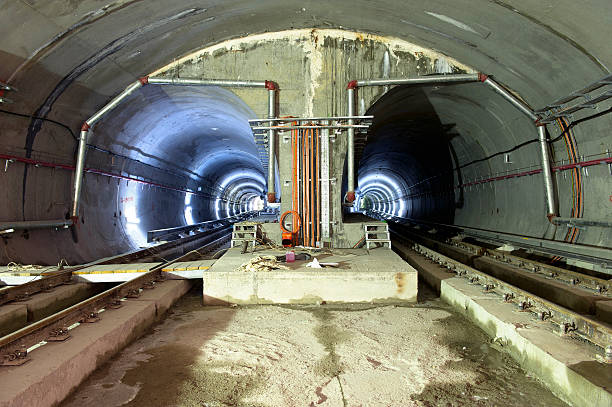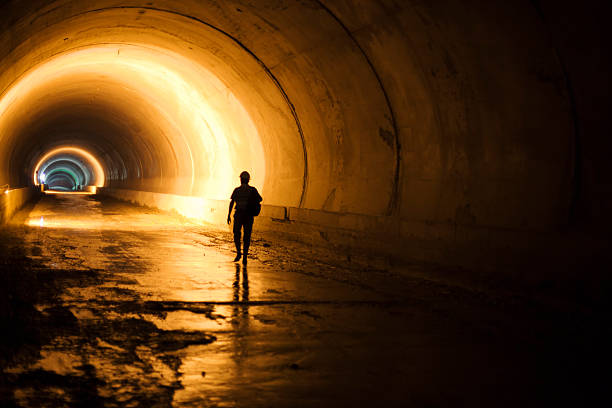A tunnelling expert has told NCE that any subsurface work needed to construct the proposed Bristol underground would be “relatively easy”. Future4West, as the project is now called, aims to construct a mass transit system with four rail lines to Bath, Bristol Airport, Emersons Green and Cribbs Causeway, some of which would go underground. On 17 March, the West of England Combined Authority (WECA) agreed to invest £13.6M into a full business case analysis for the network. Tunnelling specialist Martin Knights believes construction of the mass transit system proposed for the city would pose no more challenges than any tunnelling that has taken place in London. He told NCE: “There would be no more challenges than any recent tunnelling that’s taken place in London. It would be relatively easy to use tunnel boring machines (TBMs) as they would be able to support the ground quite well. What’s been done with Crossrail is definitely achievable in other big cities in the UK.” WECA’s decision to go ahead with the business case was welcomed by the mayor of Bristol Marvin Rees who recently defended a £7bn price tag for the proposed scheme after a leaked report by WSP claimed the scheme could cost up to £18bn. Knights believes it is not the geological challenges that will hold back the plans for underground train services in Bristol but achieving the funding. He said: “The political will of the mayor will be an important ingredient in getting the project off the ground. They will ask if they can afford it and weight that against the risks of not doing it. It’s feasible from an engineering perspective but the problem is to get the funding going. “I saw early figures estimating £4bn and that seems to be in the right sort of order but often with these projects the costs can just keep going up.”

During the Committee Meeting Held By WECA.
a number of people voiced concerns with the proposals for part of the route to be an underground network and stated they would prefer it to be an overground transit system. While tunnelling in major cities presents problems with work taking place underneath “sensitive buildings”, Knights believes it’s all technically feasible. He said: “The engineering is all solvable. There will be challenges but it’s all technically feasible.” Nonetheless, one issue in terms of the ground conditions that Knights has warned about with delivery of the project in Bristol is the region’s history of coal mining. The Bristol Coalfield is a geologically complex area that was heavily mined from the mid 19th century up until 1963 when the last colliery in the area closed. Knights believes that due to the area’s history there will be many uncharted coal measures and headers but with detailed ground investigation this challenge can too be overcome. He said: “There’s lots of coal measures that could be unchartered. These would have to be backfilled but sufficient ground investigations will lower the risks.” The ground conditions in Bristol are predominantly Mercia Mudstone. These rocks consist mainly of red dolomitic siltstone and mudstone which Knights stated is not hard to tunnel through. While inspiration must be sought from past tunnelling in major cities, Knights further believes Bristol can look to the future for ideas regarding its proposed tunnelling in the region. He said: “It has all the same challenges the Dublin Metrolink has. There’s a river crossing and I suspect they will look to tunnel at the same depth [as in Dublin]. The project in Dublin could be a real blueprint for Bristol and other future metros.”


Recent Comments